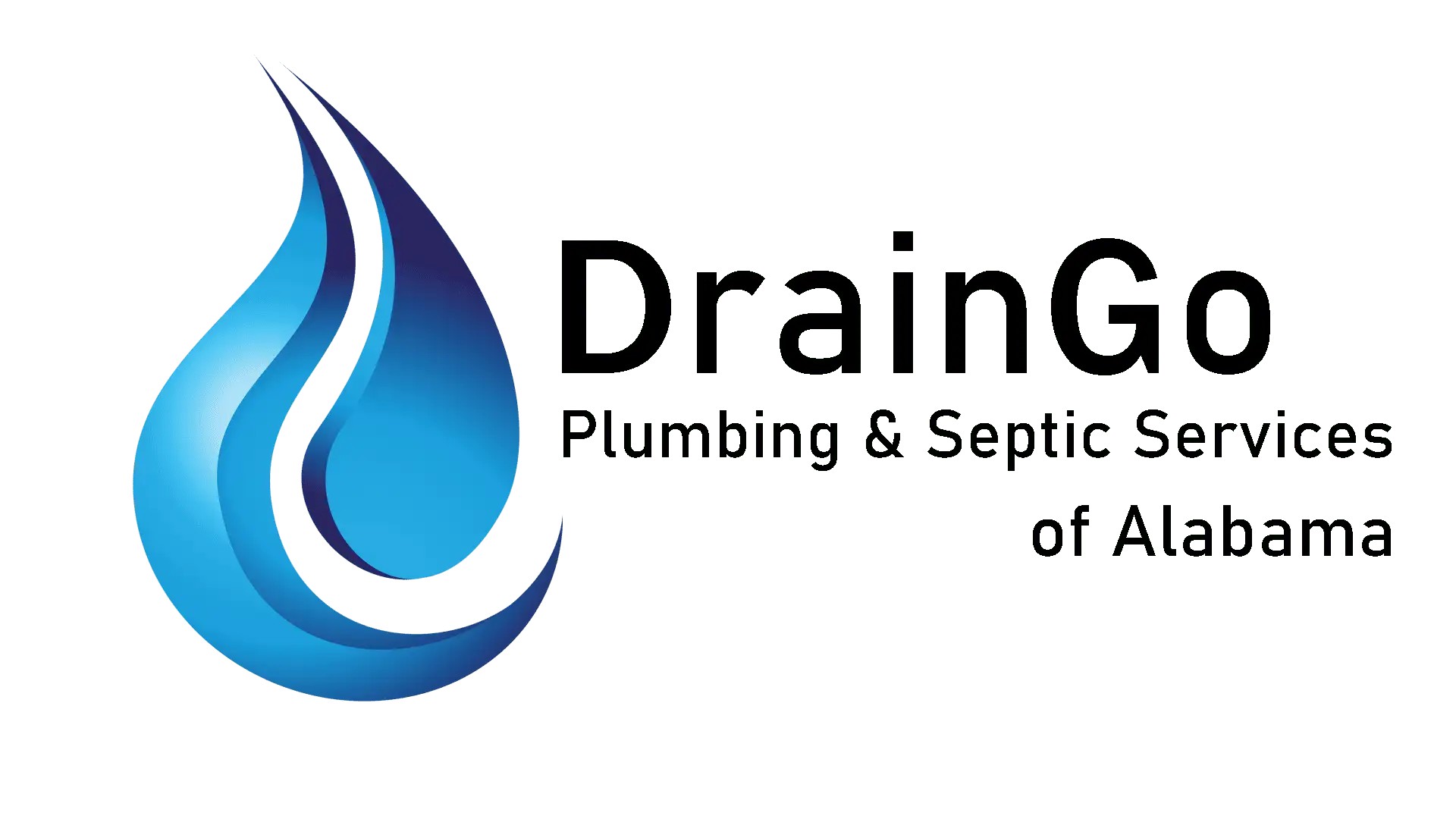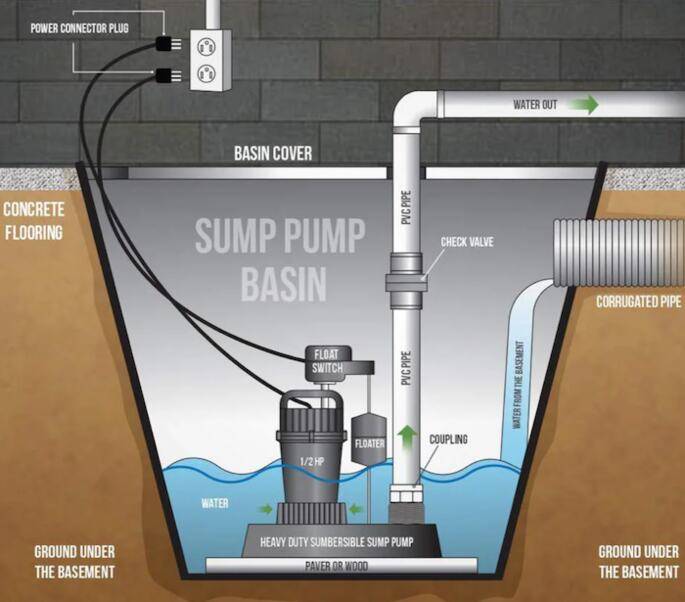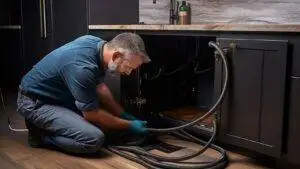The Ultimate Guide to Ejector Pump in Basement: Everything You Need to Know
Introduction
In the realm of residential plumbing, ensuring efficient wastewater management in your basement area is paramount. DrainGo, your trusted plumbing experts, is here to guide you through the world of ejector pumps. We’ll delve into the intricate details of ejector pump installation, sewage ejector pump, sump pumps, and much more. Let’s embark on this journey to a well-maintained and functional basement.
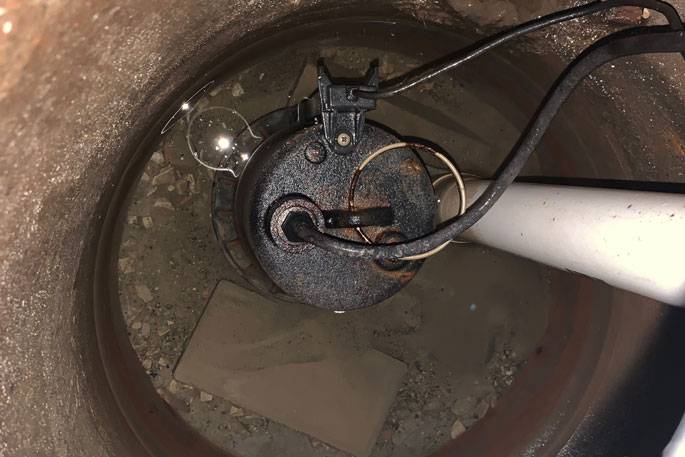
A Deeper Look at Sewage Ejector Pumps and Sump Pumps: Their Roles and Differences
In the realm of wastewater management, particularly in basements, both sewage ejector pumps and sump pumps play indispensable roles, albeit in different capacities. Sewage ejector pumps are specialized for handling waste from plumbing fixtures like basement bathrooms and laundry rooms. These sewage ejector pump grinds and transport sewage to the main sewer line or septic tank, facilitating a smooth flow in your plumbing systems. On the other hand, sump pumps are mainly concerned with preventing basement flooding by pumping out water that accumulates in a sump basin, usually due to rain or natural groundwater.
The importance of an sewage ejector pump cannot be overstated; they are vital for moving waste materials to their appropriate locations. The mechanics of sewage ejector pump are similar to sump pumps but are specifically designed to handle sewage. Both types of pumps, namely sewage ejector pumps and sump pumps, are crucial in a well-maintained and functional basement. The effectiveness of sewage ejector pumps is largely dependent on their quality, much like sump pumps. Therefore, investing in quality sewage ejector pumps is key for efficient wastewater management.
Moreover, sump pumps, much like sewage ejector pumps, require thoughtful installation and occasional maintenance to remain effective. The operation of sewage ejector pumps is slightly more complex due to the need to handle waste materials, making them indispensable in basements with bathrooms or laundry rooms. Sump pumps absolutely require routine inspections and cleaning to prevent catastrophic flooding. Sewage ejector pumps, while less maintenance-intensive, also benefit from regular checks.
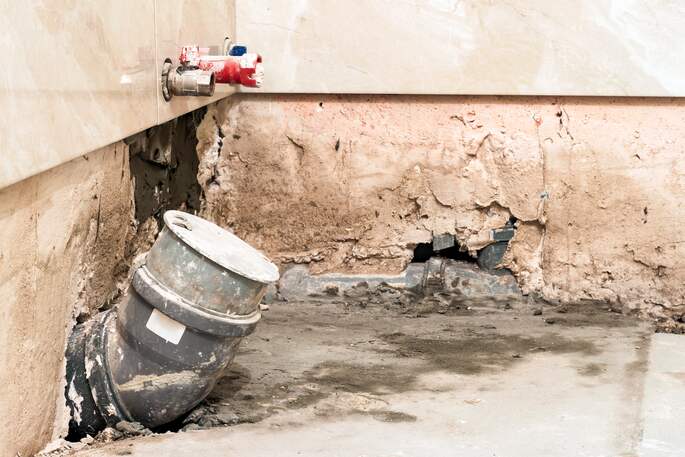
How Much Does a Sewage Ejector Pump Cost?
Expect to pay between $600 and $1800 for an raw sewage ejector pump. This cost varies depending on the size and the amount of work that needs to be done to repair or replace the pump and the surrounding sump pump area. The annual service costs in the vicinity of $130, but you may be able to save by getting a complete yearly plumbing inspection for your whole home.
Some areas may also require a permit to install an ejector pump. This is because cities will need to confirm your improvements are in compliance with local drainage points. In general, plumbing permits cost $50 to $500.
Ejector Pump in Basement: An Overview
Understanding Ejector Pumps
Ejector pumps, often overlooked but essential, are the unsung heroes of your basement plumbing system. These devices efficiently pump wastewater from plumbing fixtures located below the main sewer line below, preventing water damage and sewage backups.
Key Components of an Ejector Pump
Pump Chamber
The heart of an ejector pump system is the pump chamber. Within this chamber, you’ll find the pump itself, which plays a pivotal role in collecting and expelling wastewater.
How Does an Ejector Pump Operate?
Ejector Pump Mechanism
DrainGo ensures you grasp the inner workings of an ejector pump. When wastewater enters or drains the pump chamber, a float switch activates the pump. This mechanism grinds and pumps the wastewater into the main sewer line or septic tank, effectively preventing basement water damage.
Installation of Ejector Pumps
Choosing the Right Location
Our expertise extends to helping you choose the optimal location for ejector pump installation. We consider factors such as accessibility, efficiency, and adherence to local building codes.
Benefits of Ejector Pumps
Efficient Wastewater Handling
Ejector pumps are your basement’s first line of defense against wastewater issues. DrainGo emphasizes their role in efficient wastewater handling, protecting your property from costly damage.
Maintenance Tips for Longevity
Regular Inspection and Cleaning
We advocate for regular inspection and cleaning to prolong the life of your ejector pump. This maintenance routine prevents blockages, pump failure, and costly repairs.
Troubleshooting Common Issues with Ejector Pumps
While ejector pump malfunctions can lead to some flooding, the scale is generally not as severe as what you might encounter with a sump pump failure. The latter can result in significant water damage that necessitates immediate attention. Unlike sump pumps, which demand regular maintenance including cleaning both the pump and sump basin, ejector pumps are more lenient when it comes to maintenance for continued operation. However, it’s advisable to periodically inspect the ejector sump pump to ensure that items like toilet paper and debris are not interfering with the float switch.
Troubleshooting Common Issues
Pump Failure and Blockages
DrainGo, serving the Birmingham community, offers invaluable insights for resolving frequent ejector pump issues. We arm you with the knowledge to keep your plumbing system in pristine condition, especially when dealing with troublesome backups and blockages that can cause extensive damage.
Troubleshooting Common Issues with Ejector Pumps: A Comprehensive Guide by DrainGo Serving Birmingham, Alabama
When it comes to maintaining plumbing systems, especially in basement bathrooms and laundry rooms, ejector pumps are the cornerstone of efficiency. However, they are not immune to problems. Troubles with these pumps can range from sewage ejector pump backup to dysfunctional float switches. DrainGo, your local plumbing expert in Birmingham, Alabama, provides you with a comprehensive guide to troubleshoot these common issues effectively.
Sewage Backup from a Broken Sewage Ejector Pump
Sewage backup is a serious issue that can affect your entire plumbing system, cause sewer gases to fill the sump pit, septic lines to leak into lowest point of your house, including your sewer lines and drain lines. When sewage backup occurs, it’s essential to immediately check your, as well as the storm sewer systems connected to your home. Failure to address these backups can result in a plethora of problems, ranging from foul odors to actual sewage flooding in basement toilets and basins.
Vent Pipe and Existing Vent
A malfunctioning vent pipe can be a source of several issues within your plumbing systems. If your ejector pump sits next to an existing vent that’s blocked or faulty, it can hinder the system’s ability to equalize pressure, causing inefficiencies or even failures. A licensed plumber should inspect the vent pipe to ensure its proper functionality.
Outlet Pipe and Plumbing Equipment
The basin, outlet pipe and other plumbing equipment are also crucial components to check when troubleshooting. If your pump experiences frequent cycling or if the basin fills with water too quickly, inspect the outlet pipe and related plumbing equipment. Debris caught in these areas can lead to inefficient pumping.
Float Switch Issues
A malfunctioning float switch can lead to sewage pump full failure. Float switches activate the pump when the holding tank reaches a certain level. If it fails, your pump will not activate, leading to potential flooding and sewage backup.
Local Building Department and Codes
Always consult your local building department to ensure that your ejector pump and associated plumbing conform to the local building codes, especially concerning crawl spaces and holding tank specifications.
Check Valve and Grey Water
A faulty drain check valve can cause grey water to flow back into the holding tank, creating a vicious cycle that can burn out your pump. Make sure your check valve is in proper working condition to prevent this issue.
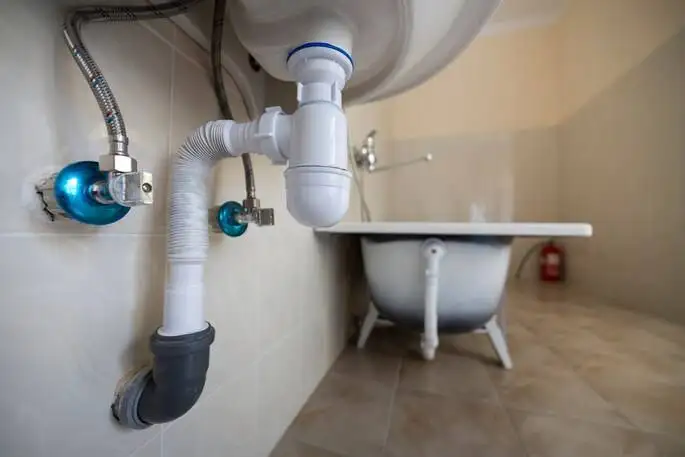
The Impact on the Sanitary Sewer Line: A Critical Consideration
Understanding the relationship between your sewage ejector pumps or sump pumps and the sanitary sewer line is vital for effective wastewater management. When these pumps are in optimal working condition, they efficiently move wastewater and excess water from your basement to the appropriate waste lines, whether it be the storm sewer or the sanitary sewer line. However, if these pumps fail, the implications can be severe, not just for your basement but also for the broader plumbing systems as the sewage solids are not being pumped our and can run into the connected to the sanitary sewer line.
Quality Equipment and Sealed Lid
Using quality equipment, including a standard pump kit, is crucial for long-lasting performance. Ensure that your pump chamber has a sealed lid for safety and to prevent debris from entering the system.
Maintenance and Inspection by a Licensed Plumber
Regular inspection by a licensed plumber is essential for preventing and troubleshooting issues with your ejector pump. An expert can spot potential issues like debris caught in the drain or sewer line up, a malfunctioning existing vent, or complications with basement toilets.
In conclusion, ejector pumps are crucial components in efficiently handling wastewater in basement bathrooms, laundry rooms, and crawl spaces. When properly maintained and inspected by a licensed plumber, these pumps can last for years, preventing costly damage to your home and property. Always ensure that you are using quality equipment and following the local building codes to maintain the efficiency and longevity of your system. For professional assistance, contact DrainGo, your trusted local plumbing experts in Birmingham, Alabama.
